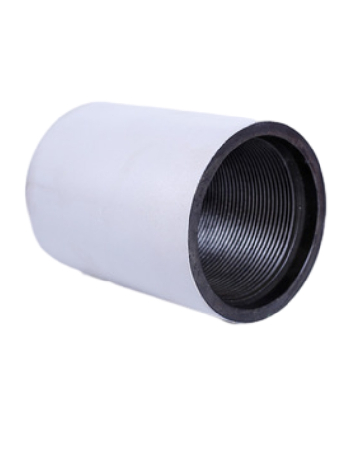- Afrikaans
- Albanian
- Amharic
- Arabic
- Armenian
- Azerbaijani
- Basque
- Belarusian
- Bengali
- Bosnian
- Bulgarian
- Catalan
- Cebuano
- Corsican
- Croatian
- Czech
- Danish
- Dutch
- English
- Esperanto
- Estonian
- Finnish
- French
- Frisian
- Galician
- Georgian
- German
- Greek
- Gujarati
- Haitian Creole
- hausa
- hawaiian
- Hebrew
- Hindi
- Miao
- Hungarian
- Icelandic
- igbo
- Indonesian
- irish
- Italian
- Japanese
- Javanese
- Kannada
- kazakh
- Khmer
- Rwandese
- Korean
- Kurdish
- Kyrgyz
- Lao
- Latin
- Latvian
- Lithuanian
- Luxembourgish
- Macedonian
- Malgashi
- Malay
- Malayalam
- Maltese
- Maori
- Marathi
- Mongolian
- Myanmar
- Nepali
- Norwegian
- Norwegian
- Occitan
- Pashto
- Persian
- Polish
- Portuguese
- Punjabi
- Romanian
- Russian
- Samoan
- Scottish Gaelic
- Serbian
- Sesotho
- Shona
- Sindhi
- Sinhala
- Slovak
- Slovenian
- Somali
- Spanish
- Sundanese
- Swahili
- Swedish
- Tagalog
- Tajik
- Tamil
- Tatar
- Telugu
- Thai
- Turkish
- Turkmen
- Ukrainian
- Urdu
- Uighur
- Uzbek
- Vietnamese
- Welsh
- Bantu
- Yiddish
- Yoruba
- Zulu
Comprehensive Guide to API Casing Sizes
Understanding API Casing Sizes A Comprehensive Guide
The oil and gas industry relies heavily on standardized products to ensure safety and efficiency in drilling operations. One crucial component in this realm is the casing, which plays a vital role in well integrity, stability, and the overall success of drilling projects. To manage and classify these casings, the American Petroleum Institute (API) established a set of standards, notably the API casing sizes, which have become essential for various operations.
Understanding API Casing Sizes A Comprehensive Guide
In addition to nominal sizes, API casing is also differentiated by the casing grade, which signifies the steel's strength and durability. The grades range from K55 to P110, with each grade offering different tensile and yield strength characteristics. Higher-grade casings are often selected for high-pressure or high-temperature applications, while lower grades might suffice for less demanding conditions.
api casing sizes

Understanding the various casing sizes and grades is crucial for drilling engineers and operations personnel, as it impacts the design of the well and its ability to withstand environmental forces. Using the correct casing is essential not only for operational efficiency but also for ensuring the safety of personnel and protecting the environment from potential hazards like leaks and blowouts.
When selecting the appropriate API casing size, other factors such as the type of drilling mud used and the well's completion method should also be considered. The casing must be compatible with these factors to ensure a smooth drilling process and successful well completion. Additionally, casing design must account for potential challenges such as wellbore instability and fluid influx, which can significantly affect drilling operations.
In conclusion, API casing sizes are a fundamental aspect of oil and gas drilling. The categorization of casings by their diameter and wall thickness, combined with their grading system, provides essential information for making informed decisions during the planning and execution of drilling projects. Proper understanding and application of API casing standards enhance not just the operational success of wells but also uphold safety and environmental protection in the industry. As technology and methodologies continue to evolve, staying updated with API standards is imperative for professionals in the field, ensuring that the highest safety and performance standards are always met.
-
Well Casing Extension Couplings – Applications and InstallationNewsJun.06,2025
-
Types of Crossover Subs in Drilling & CompletionNewsJun.06,2025
-
Key Features of High-Quality Tubing Pup JointsNewsJun.06,2025
-
Installation and Maintenance Tips for Steel Couplings for PipeNewsJun.06,2025
-
How to Select the Right Pup Joint for Oil & Gas OperationsNewsJun.06,2025
-
Applications of Stainless Steel Pipe CouplingsNewsJun.06,2025







